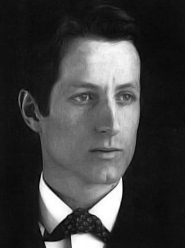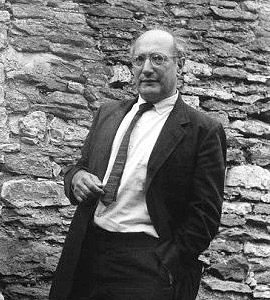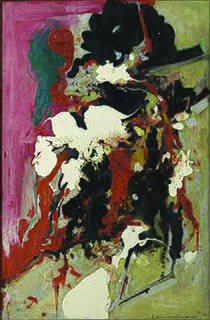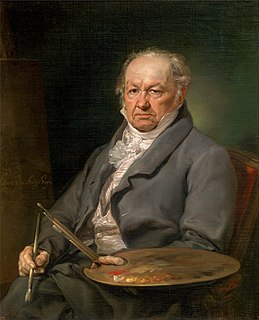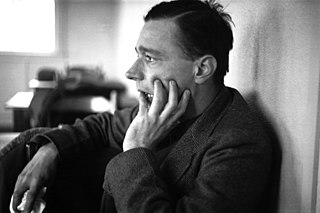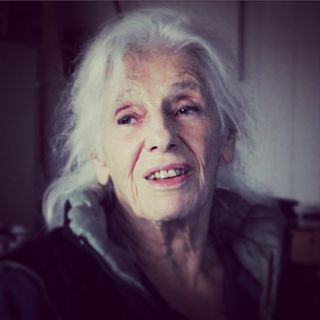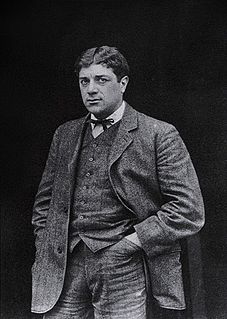A Quote by Maxfield Parrish
The hard part is how to plan a picture so as to give to others what has happened to you. To render in paint an experience, to suggest the sense of light and color, of air and space.
Related Quotes
The reason for my painting large canvases is that I want to be intimate and human. To paint a small picture is to place yourself outside your experience, to look upon an experience as a stereopticon view or with a reducing glass. However you paint the larger picture, you are in it. It isn't something you command.
Images of people, cities, and landscapes from the air tell a unique story about our personal space and how we relate to one another. I've always aimed to address the bigger picture and later trends. In many ways, what a photographer does is give others a chance to step back and look at their world and gain perspective on where we stand, and what that means.
I am a part of the part that at first was all, part of the darkness that gave birth to the light, that supercilious light which now disputes with Mother Night her ancient rank and space, and yet cannot succeed; no matter how it struggles, it sticks to matter and can't get free. Light flows from substance, makes it beautiful.
Consider paint a film of light reflecting/absorbing material, and a colored paint a material which gives a particular, characteristic transmission of light via differential absorption and reflection. Call this reflected quality 'luminance' and measure it in millilamberts. This measure is as real and present as height, breadth, depth; and I find the phenomenon equally sumptuous and convincing. . . . Painted light, not color, not form, not perspective, or line, not image, or words, or equations, is painting. I make paintings which do not represent light, they are light.
The difficulty with color is to go beyond the fact that it's color ? to have it be not just a colorful picture but really be a picture about something. It's difficult. So often color gets caught up in color, and it becomes merly decorative. Some photographers use it brilliantly to make visual statements combining color and content; otherwise it is empty.
What greatly attracted me - and it was the main line of advance of Cubism - was how to give material expression to this new space of which I had an inkling. So I began to paint chiefly still lifes, because in nature there is a tactile, I would almost say a manual space... that was the earliest Cubist painting - the quest for space.
Once again you are wrong sir, darkness does not exist either. Darkness is in reality the absence of light. Light we can study, but not darkness. In fact we can use Newton's prism to break white light into many colors and study the various wavelengths of each color. You cannot measure darkness. A simple ray of light can break into a world of darkness and illuminate it. How can you know how dark a certain space is? You measure the amount of light present. Isn't this correct? Darkness is a term used by man to describe what happens when there is no light present.
In Lords of Rainbow I start out by taking away color from the world, and in the process show color's vital place in our lives. At least I hope that by the end of the book it's a portion of what the reader comes away with - a sense of how much color perception enriches our lives and how its lack can make our sensory experience incomplete.
